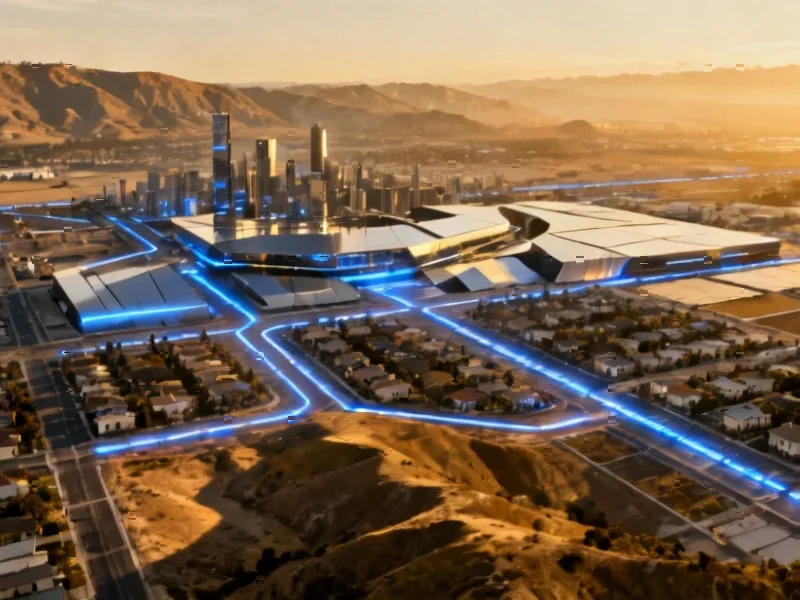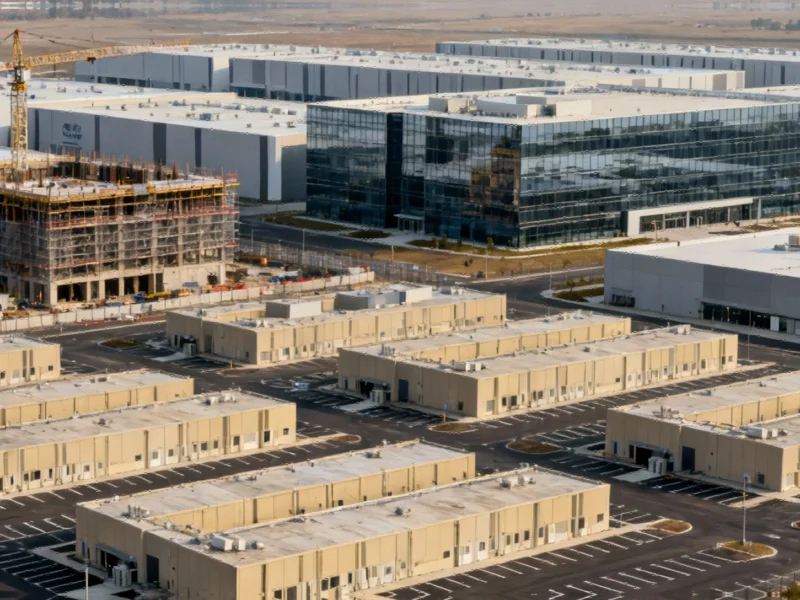Strategic Consolidation in European Space Sector
Three of Europe’s foremost aerospace and defense corporations—Airbus, Leonardo, and Thales—have announced a groundbreaking agreement to merge their space operations into a unified entity. This strategic consolidation aims to create a European space technology powerhouse capable of competing with established players like Elon Musk’s SpaceX. The newly formed company, which will be headquartered in Toulouse, France, represents one of the most significant restructurings in Europe’s space industry history.
Table of Contents
Ownership Structure and Financial Scale
The ownership distribution reflects the relative contributions of each partner, with Airbus holding 35% of the new venture, while both Leonardo and Thales will maintain 32.5% stakes. This balanced partnership is projected to generate approximately €6.5 billion in annual revenue, positioning the entity as a substantial competitor in the global space market. The collaborative model draws inspiration from MBDA, the successful European missile manufacturer jointly owned by Airbus, Leonardo, and BAE Systems.
Operational Timeline and Synergy Projections
The companies anticipate becoming operational by 2027, pending regulatory approvals. According to joint statements, the consolidation should yield “mid-triple digit millions of euros” in annual operating income synergies beginning five years after launch. This timeline allows for careful integration of diverse corporate cultures, operational systems, and technological platforms while maintaining current employment levels of approximately 25,000 workers across existing facilities.
Addressing European Space Industry Challenges
This consolidation comes at a critical juncture for Europe’s space sector, which has faced significant headwinds in recent years. Both Airbus and the Thales-Leonardo joint venture Thales Alenia Space have experienced substantial challenges, including €1.3 billion in charges from underperforming space contracts at Airbus and workforce reductions exceeding 3,000 positions across the organizations. The merger represents a strategic response to these difficulties, aiming to create economies of scale and enhanced competitive positioning., according to additional coverage
Global Competitive Landscape
The European initiative emerges against the backdrop of SpaceX’s remarkable ascendancy in the global space industry. Founded in 2002, SpaceX has achieved a $400 billion valuation and dominates both rocket launch services and satellite internet provision through its Starlink constellation. Other significant competitors include United Launch Alliance (a Boeing-Lockheed Martin partnership) and Blue Origin, founded by Amazon’s Jeff Bezos. The European consolidation aims to create a counterpart to these American-dominated ventures., as additional insights
Leadership Vision and Strategic Objectives
In a unified statement, the chief executives of all three companies emphasized the transformative potential of this partnership. Guillaume Faury of Airbus, Roberto Cingolani of Leonardo, and Patrice Caine of Thales described the venture as “a pivotal milestone for Europe’s space industry.” They highlighted the combined entity’s potential to “generate growth, accelerate innovation and deliver greater value to our customers and stakeholders” through shared talent, resources, and research capabilities.
Future Prospects and Industry Implications
The consolidation signals Europe’s determination to maintain autonomy in space technology and compete effectively in the rapidly evolving global space economy. By combining satellite manufacturing, space systems, components, and services under one roof, the partnership aims to streamline operations, reduce duplication, and enhance innovation capacity. This strategic move could potentially reshape international competition in space technology, offering an alternative to the current dominance of American commercial space enterprises.
The success of this European initiative will depend on effective integration of diverse corporate cultures, sustained investment in research and development, and the ability to compete with SpaceX’s aggressive innovation cycle and cost structure. As regulatory reviews proceed, industry observers will closely monitor how this consolidation influences global space industry dynamics and whether it can achieve its ambition of creating a viable European counterpart to SpaceX’s market leadership.
Related Articles You May Find Interesting
- Unlocking LiNiO2’s Dynamic Spin Behavior for Next-Gen Battery Materials
- Vision Restoration and Brain Insights: Pioneering Medical Advances Transform Liv
- Thermal Energy Storage Breakthrough: How Industrial Heat Batteries Are Reshaping
- Refurbed Secures €50 Million to Revolutionize Circular Tech Marketplace with AI
- Breakthrough in Ferroelectric Transistors Enables Polarity-Controlled Memory and
This article aggregates information from publicly available sources. All trademarks and copyrights belong to their respective owners.
Note: Featured image is for illustrative purposes only and does not represent any specific product, service, or entity mentioned in this article.



